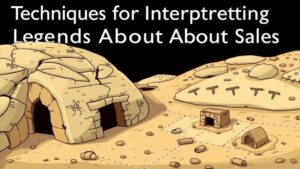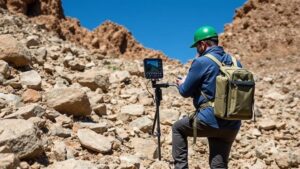Recovering Tribal Effigies and Totems in Known Gathering Areas
Recovering Tribal Effigies and Totems in Known Gathering Areas
Recovering tribal effigies and totems is a vital aspect of preserving Indigenous cultures and spirituality. These artifacts hold significant cultural meanings and are often regarded as manifestations of tribal identity. Rehabilitating and restoring these items in their original contexts, especially in known gathering areas, takes a delicate and informed approach that acknowledges historical, cultural, and ethical considerations.
The Significance of Effigies and Totems
Effigies and totems serve as cultural symbols for Indigenous communities, representing ancestors, beliefs, and historical narratives. are crucial elements of oral traditions and identity, often embodying the collective experiences of tribes. For example, the totem poles of the Pacific Northwest Native American tribes are not only artistic statements but also serve as mnemonic devices that convey genealogies and key events in tribal history.
- Effigies often depict significant animals or figures that reflect the tribes worldview and spiritual beliefs.
- Totems typically represent clan lineages and are distinguished by their unique carvings and designs relevant to each tribe.
Historical Context and Current Challenges
The recovery of tribal effigies and totems is not without its challenges. Many of these artifacts have been displaced due to colonization, tourism, and urban expansion. Also, improper excavation and the looting of these items have stripped them from their cultural context, diminishing their value and meaning to Indigenous peoples.
For example, in the early 20th century, numerous totem poles were removed from their original locations in Alaska and Washington for display in museums worldwide, resulting in a disconnect between the artifacts and the communities they represent. According to the Smithsonian Institution, it is estimated that about 80% of Native American cultural artifacts are housed outside of their communities, often leading to loss of knowledge and identity for future generations.
Best Practices for Recovery and Restoration
To effectively recover and restore tribal effigies and totems in known gathering areas, several best practices should be considered:
- Collaboration with Tribal Leaders: Engaging with tribal leadership ensures that recovery efforts align with the communitys needs and cultural practices. This collaboration fosters respect and understanding.
- Incorporating Cultural Protocols: Understanding and applying Indigenous cultural protocols throughout the recovery process helps to honor the spiritual significance of the artifacts.
- Scientific Techniques: Utilizing modern archaeological techniques, such as remote sensing and digital documentation, allows for minimally invasive recovery methods that respect the integrity of the site.
Case Studies in Recovery
Several successful recovery projects exemplify the effective strategies for restoring tribal effigies and totems. A notable example is the return of the “Nuxalk Pole” to the Nuxalk Nation in British Columbia. After years of advocacy, it was returned to its rightful place in 2015 following collaborative efforts between Indigenous leaders, government bodies, and conservation specialists. This project involved thorough documentation and a community-driven celebration, highlighting the significance of the pole in Nuxalk culture.
Another significant case is the revitalization of the Haida Gwaii totem poles. In 2009, efforts were initiated to restore traditional carver practices among the Haida people, leading to the reconstruction of several totem poles that were lost or damaged. The project not only returned physical artifacts to the land but also helped rejuvenate cultural practices and knowledge among the youth.
Conclusion and Actionable Takeaways
Recovering tribal effigies and totems is an intricate process that is critical for preserving Indigenous heritage. By understanding their importance, acknowledging the historical context, and implementing best practices, stakeholders can work towards achieving meaningful restoration. Engaging with tribal communities directly can facilitate the recovery of these significant artifacts, ensuring that they are celebrated and revered in their original cultural contexts.
- Encourage collaboration between museums and Indigenous tribes to support the repatriation of artifacts.
- Promote public awareness campaigns to educate communities about the significance of effigies and totems.
- Support funding initiatives aimed specifically at cultural preservation and recovery projects.
Engaging in these efforts not only enriches cultural understanding but also reinforces the importance of respect for Indigenous traditions and identity in contemporary society.


